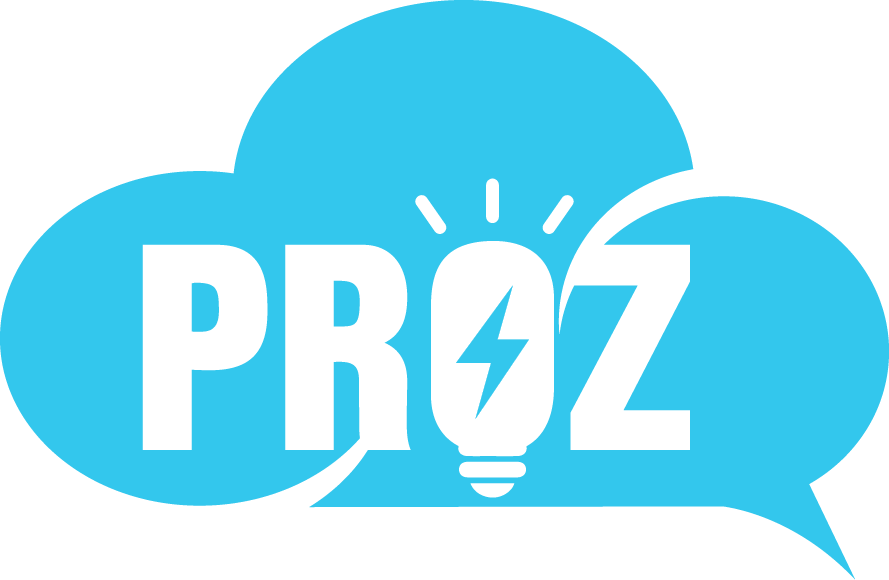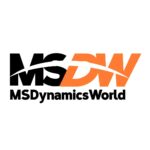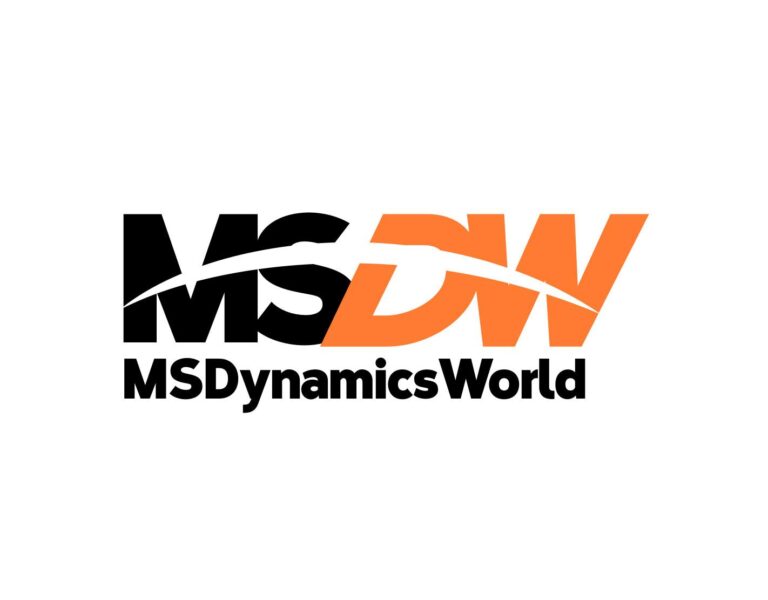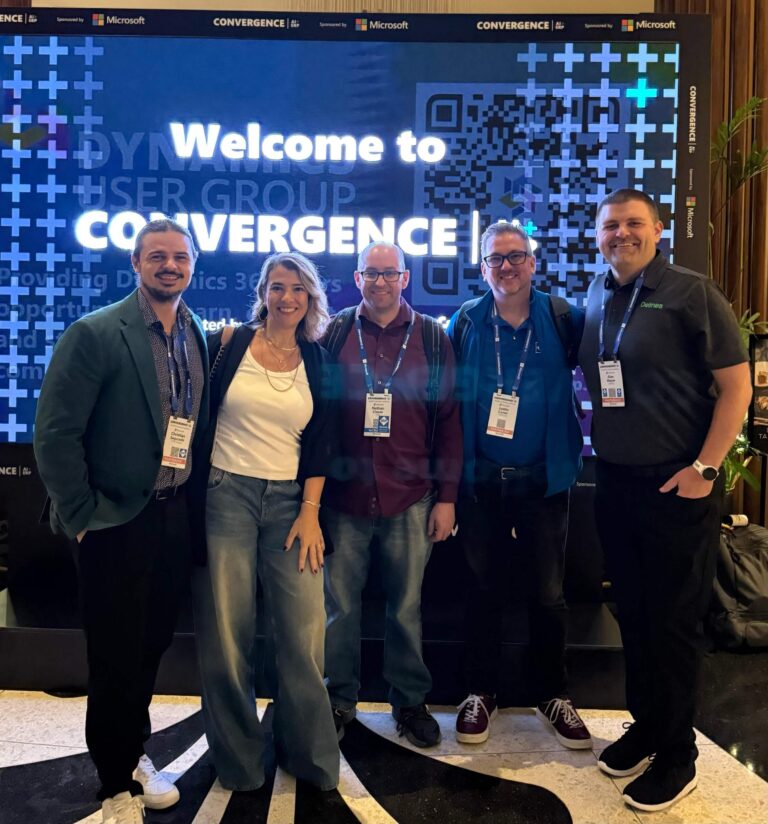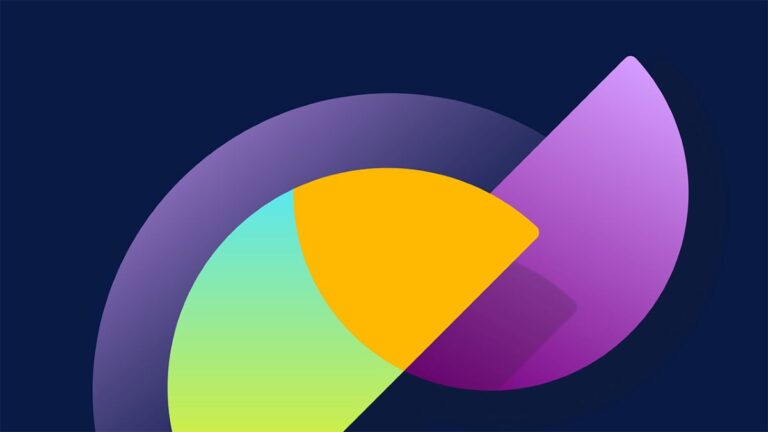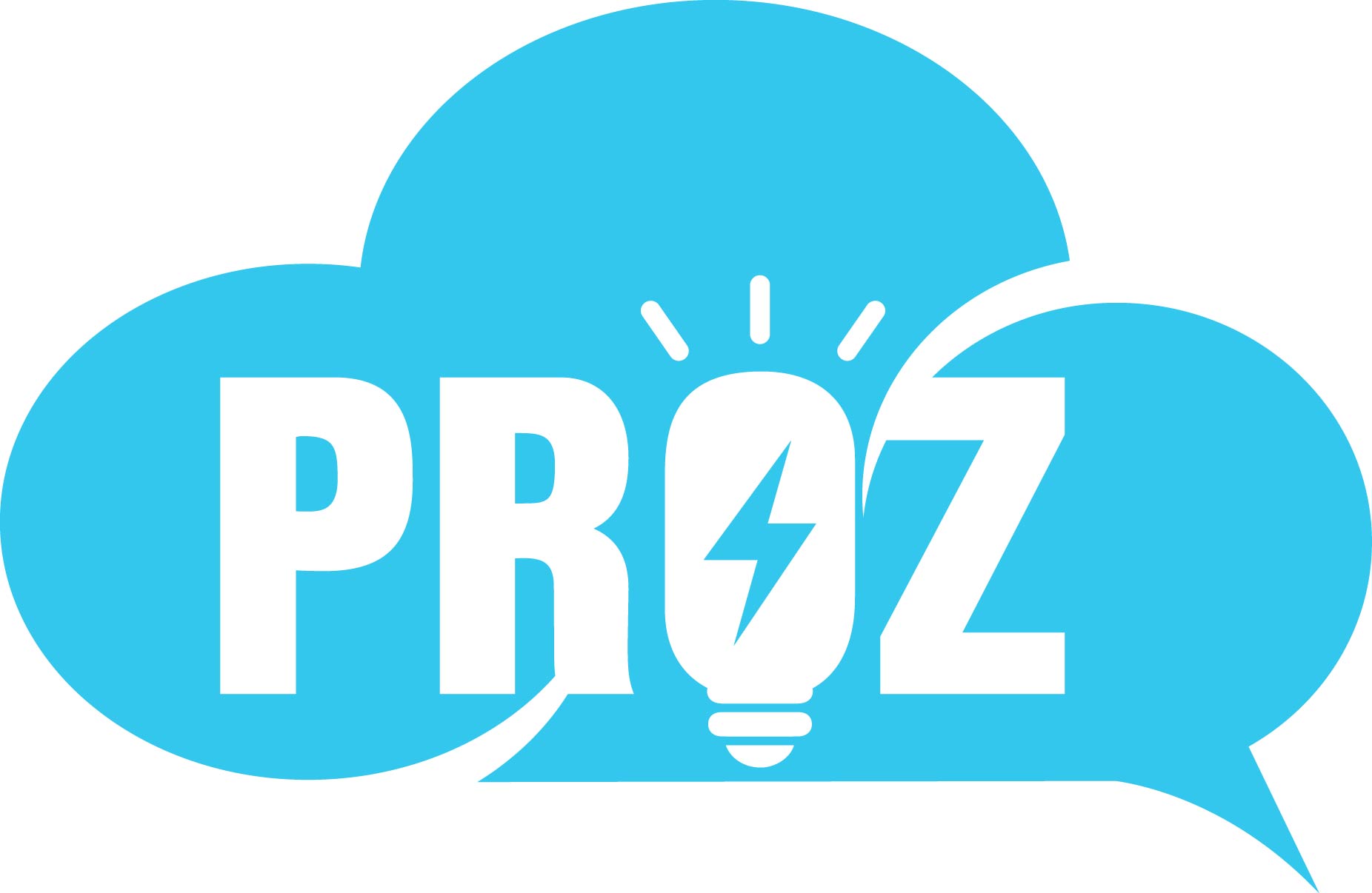The healthcare industry is shifting towards value-based care. In this model, patient engagement and remote monitoring are critical. Salesforce Health Cloud is helping healthcare providers meet these goals with strong data management and communication tools. In this article explains how Salesforce Health Cloud supports better patient engagement and remote care. It also highlights how a Salesforce Development Company can support organizations in building customized solutions.
What is Salesforce Health Cloud?
Salesforce Health Cloud is a patient relationship management platform built on the Salesforce platform. It brings together clinical and non-clinical data, offering a full view of the patient. Health Cloud connects data from electronic health records (EHRs), wearables, and other sources. The platform improves patient care coordination and real-time communication.
Why Patient Engagement Matters
Patient engagement involves patients actively participating in their health care. Research from the Agency for Healthcare Research and Quality (AHRQ) shows that engaged patients have:
- 30% fewer hospital admissions
Engaged patients supported by digital tools like Salesforce Health Cloud experience 30% fewer hospital admissions, leading to better outcomes, lower healthcare costs, and reduced strain on hospital resources.
- 17% lower emergency room visits
Proactive patient engagement and remote monitoring result in a 17% decrease in emergency room visits, helping healthcare providers deliver timely care and avoid preventable, high-cost urgent interventions.
- Higher medication adherence
Patients who receive personalized reminders and follow-ups through platforms like Salesforce Health Cloud show significantly higher medication adherence, improving chronic disease management and reducing the risk of complications or relapse.
A lack of engagement can lead to poor health outcomes and higher costs. Salesforce Health Cloud provides tools to close this gap.
Core Features of Salesforce Health Cloud
Here are key features that improve engagement and remote care:
1. Unified Patient Profile
The platform collects data from multiple sources and shows it in one place. Providers can see patient history, medications, appointments, and wearable data. This helps them make better decisions quickly.
2. Care Team Collaboration
Salesforce Health Cloud allows teams to work together. Nurses, doctors, and support staff can access and update records in real time. This reduces mistakes and improves treatment planning.
3. Personalized Outreach
Health Cloud uses segmentation tools to send the right message to the right patient. Automated reminders, follow-ups, and educational content can be scheduled. These messages are based on health status and personal preferences.
4. Mobile Access
Providers and patients can access the platform using mobile apps. This improves communication outside clinic visits and makes care more continuous.
5. Integration with Wearables and IoT Devices
Health Cloud integrates with devices like Fitbit, Apple Watch, and glucose monitors. This supports real-time remote monitoring. Providers receive alerts for unusual patterns, allowing early action.
Remote Patient Monitoring: A Growing Need
Remote Patient Monitoring (RPM) has seen strong growth. According to Fortune Business Insights, the global RPM market is expected to reach $101.02 billion by 2028, growing at a CAGR of 26.7%. The growth is driven by:
- Rise in chronic diseases like diabetes and hypertension
Chronic conditions like diabetes and hypertension require continuous monitoring, pushing healthcare providers to adopt remote technologies for consistent patient management.
- Increased aging population
An aging population increases demand for long-term care, driving the need for digital tools that support remote monitoring and patient engagement.
- Need to reduce hospital admissions
Healthcare systems aim to lower hospital admissions by using technology for early intervention, remote monitoring, and better chronic disease control.
- COVID-19 impact on remote care
COVID-19 accelerated the shift to remote care, making virtual consultations and remote monitoring essential parts of modern healthcare delivery models.
Salesforce Health Cloud supports RPM by linking wearable data, automating alerts, and tracking patient progress.
How Salesforce Health Cloud Enables Remote Monitoring
1. Real-Time Data Capture
Patient-generated health data (PGHD) from connected devices is sent to Health Cloud in real time. Examples include:
- Blood pressure readings
- Heart rate tracking
- Blood glucose levels
Providers get immediate updates without waiting for appointments.
2. Automated Alerts
Custom rules trigger alerts for critical values. For example:
- If a patient’s glucose crosses a limit, the care team gets notified
- A nurse can reach out or schedule a teleconsultation
This helps in reducing emergency visits.
3. Patient Portals and Self-Tracking
Patients can log symptoms, update weight, or upload images. They can also access care plans and see progress. This keeps them involved and responsible.
4. Integration with AI and Analytics
With Salesforce Einstein (built-in AI), Health Cloud can:
- Predict patient risk
- Recommend care plans
- Analyze trends over time
This improves early intervention and reduces readmissions.
Challenges in Implementing Salesforce Health Cloud
Despite the benefits, implementation can face hurdles:
- Data Integration: EHR systems differ across hospitals
Integrating Salesforce Health Cloud with different Electronic Health Record (EHR) systems is complex. Each hospital uses unique data formats, requiring custom interfaces and mapping to ensure smooth, accurate information exchange.
- Change Management: Staff need training on the new system
Implementing Health Cloud requires strong change management. Staff must be trained to use the new tools effectively, ensuring adoption, minimizing resistance, and improving care delivery through consistent system usage.
- Cost: Advanced setups require investment in Salesforce licenses and development
Setting up Salesforce Health Cloud involves licensing fees and development costs. Organizations must budget for these investments while evaluating the long-term return through improved patient care and operational efficiency.
These issues can be managed with the right technical partner and phased rollouts.
Choosing the Right Salesforce Development Company
When selecting a Salesforce partner, consider:
1. Experience in healthcare domain
A Salesforce partner with healthcare experience understands industry needs, compliance, and workflows. This ensures smoother implementation, faster adoption, and solutions tailored to real-world clinical and operational healthcare challenges.
2. Certifications (Salesforce Health Cloud Consultant, Developer)
Certified consultants and developers bring validated expertise in Salesforce Health Cloud. These certifications prove their skills in configuring, customizing, and supporting complex healthcare systems to meet patient care goals.
3. Ability to provide end-to-end services (design, development, support)
An ideal Salesforce Development Company offers complete services—strategy, design, development, and ongoing support. This ensures consistency, fewer handoffs, and better alignment with your healthcare organization’s long-term goals.
4. Strong security practices
Healthcare data is sensitive. A good development partner follows strong security practices, including data encryption, access controls, and compliance with HIPAA standards, to protect patient information and avoid legal issues.
5. Positive client references
Client references show the partner’s reliability and success. Positive feedback from healthcare organizations proves their ability to deliver results and maintain lasting relationships through quality Salesforce Development and support.
Future of Patient Engagement with Health Cloud
Healthcare is moving towards more digital interaction. Patients want personalized care with minimal disruption to daily life. Salesforce Health Cloud supports this with features like:
- AI-driven care planning
AI-driven care planning uses patient history and health data to suggest personalized treatment plans. It helps providers make faster decisions and adjust care strategies based on real-time patient needs.
- Predictive alerts
Predictive alerts analyze patient data patterns to detect potential health risks before they escalate. This allows healthcare teams to act early, improving outcomes and preventing unnecessary hospital admissions or emergencies.
- Mobile-first experience
A mobile-first experience ensures that patients and providers access critical health data anytime, anywhere. It improves engagement by enabling appointment scheduling, messaging, and care plan updates directly from mobile devices.
- Integration with telehealth platforms
Salesforce Health Cloud connects smoothly with telehealth platforms, supporting virtual consultations, remote monitoring, and digital care delivery. This improves accessibility for patients and reduces the need for in-person visits.
With custom Salesforce Development, the system can continue to evolve with provider needs.
Conclusion
Salesforce Health Cloud is transforming how healthcare organizations interact with patients. By combining data, communication, and care coordination, it improves both patient satisfaction and health outcomes. Remote monitoring is now possible at scale, reducing hospital loads and supporting preventive care.
Working with a trusted Salesforce Development Company allows organizations to fully customize the platform to fit their goals. With strong architecture, real-time data, and patient-focused tools, Salesforce Health Cloud is an important step toward better healthcare delivery.
